7 scariest food bugs that can make you sick
Understand some of the common causes of food poisoning—and how to avoid them.
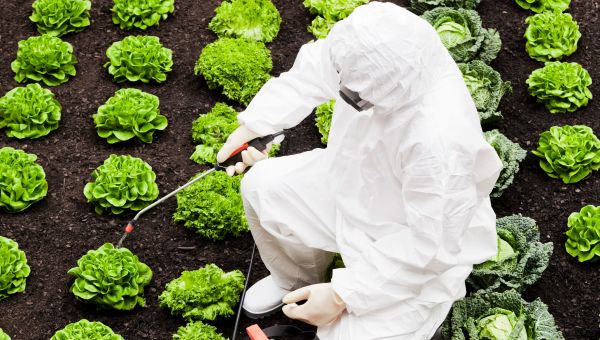
Every year thousands of pounds of food products are recalled due to fears of contamination, or the discovery of an organism that could make consumers sick.
But the danger sometimes resides closer to home. Improperly cooking and storing food in your own kitchen can also lead to a bad case of food poisoning. According to the Centers for Disease Control and Prevention (CDC), approximately one in six Americans is sickened by food poisoning each year.
Symptoms can range from mild to severe, and in some cases, food poisoning can be life-threatening. Those at greatest risk for serious complications are infants and young children, the elderly, pregnant women and people with compromised autoimmune systems.
Depending on the organism, symptoms can start within an hour to several days after infection. Minor illnesses typically improve on their own, within 48 hours of onset. But if you think you have food poisoning and symptoms persist for more than two or three days, contact your healthcare provider.
Your doctor may make a diagnosis based on the history of your illness but may sometimes need to run tests like a stool culture. If a bacterial infection is suspected, an antibiotic may be prescribed.
We asked Ken Szwak, PA-C from Our Lady of Lourdes Medical Center in Camden, New Jersey, about common bugs, symptoms of infection and how to avoid them.

Salmonella
“Of all bacterial illness that are food related, the most common come from Salmonella,” says Szwak. The bacteria live in the intestines of animals, birds and people—and infection occurs when someone eats food contaminated by feces.
How does that happen?
Salmonella is typically found in raw poultry and meat—and feces can get on these foods during the butchering process. Other prime candidates include eggs and raw produce such as melons and alfalfa sprouts, particularly those imported from other countries. Salmonella spreads to produce when it’s watered in the field or washed during processing with water contaminated by the bacteria.
Symptoms of Salmonella infection include diarrhea, vomiting and abdominal cramps. It usually resolves itself. In severe cases where hospitalization is required or when sepsis develops, antibiotics are recommended, as when it affects members of at-risk populations, including infants, the elderly or those with compromised immune systems.
Onset: 6 to 48 hours after infection
Duration: 4 to 7 days
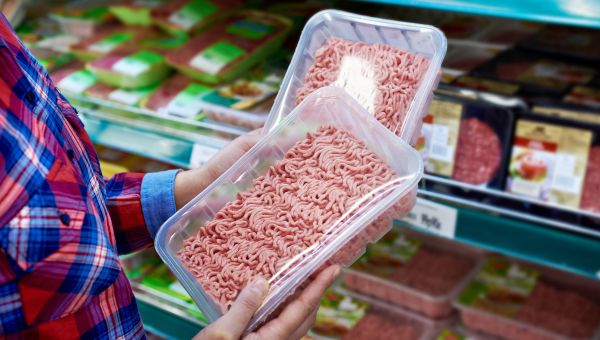
E. coli
While there is good E. coli that lives in your intestines and helps with digestion, there are also types of this bacterium that can make you sick. “Certain strains of E. coli can be found in undercooked ground beef and produce that hasn’t been properly prepared, handled or has had exposure to contaminated water during shipping,” says Szwak.
The symptoms of E. coli infection tend to be typical of other forms of food poisoning. But in severe cases with certain strains, some people—especially children and the elderly—may develop serious kidney problems. E. coli, a common cause of “traveler’s diarrhea,” may resolve on its own with rehydration and may also be treated with antibiotics.
Onset: 1 to 8 days after infection
Duration: 5 to 10 days

Listeria
This foodborne illness is commonly caused by consumption of contaminated raw foods, along with ready-to-eat deli meats and soft cheeses as well as foods made from unpasteurized milk. This bacterium can even grow in colder, refrigerated temperatures, making it different from other food germs.
Some keys to preventing illness from Listeria are avoiding eating and drinking foods made with unpasteurized milk and heating ready-to-eat foods (including deli meats) and leftovers until they’re piping hot. According to the CDC, Listeria is the third leading cause of death from food poisoning and is responsible for about 260 deaths per year in the U.S. Most people who contract a Listeria infection need to be hospitalized.
Onset: 9 to 48 hours after infection for intestinal symptoms
Duration: Varies

Norovirus
“When people present with concern about having food poisoning, a vast majority of the time it’s due to a virus. Norovirus and many others may or may not be related to eating contaminated foods,” says Szwak.
Viruses like the norovirus, rotavirus, astrovirus and enteric adenovirus are highly contagious. Breakouts typically occur in restaurants, hospitals, cruise ships, nursing homes and other food service settings where infected employees touch foods with unclean hands before serving. Unfortunately, the virus is very resilient and can live on contaminated surfaces such as countertops for days or weeks.
When someone in the family comes down with a norovirus infection, it can easily make its rounds since the germs are passed via tiny particles spread from an infected person. Eating the same food, sharing plates and utensils and caring for a person sickened by the virus can spread the germs.
Common symptoms include nausea, frequent vomiting and watery diarrhea. If you contract the virus, drink liquids as much as possible to avoid dehydration. And since these are viruses, antibiotics won’t help; the illness will need to run its course. In some cases where dehydration is severe, hospital admission for IV fluids may be needed.
Onset: 12 to 48 hours after infection
Duration: 12 hours to 8 days, depending on which virus
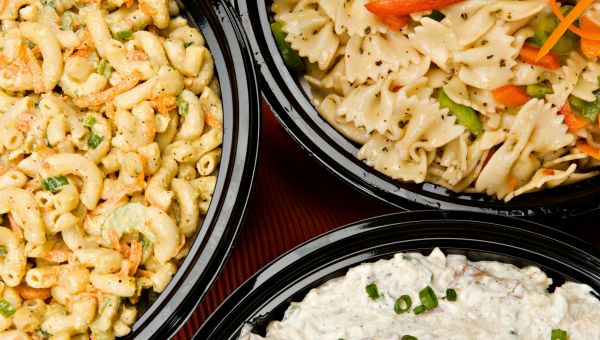
Staphylococcus Enterotoxin
There are many different kinds of Staphylococcus infections, most commonly those that manifest on the skin. But when it comes to food, the enterotoxin created by the staph bacteria can cause severe gastrointestinal illness.
“You tend to find this bacteria in eggs, dairy products and cold cuts that are not just undercooked but also stored too long at room temperature,” says Szwak. Picnics can be Staphylococcus heaven if potato and egg salads and meats are left out too long. While the bacteria can multiply in unrefrigerated foods, heat from cooking kills the bacteria itself. But it doesn’t destroy the heat-resistant toxin, which is the actual cause of the illness.
Onset: 30 minutes to 6 hours after infection
Duration: 1 to 2 days
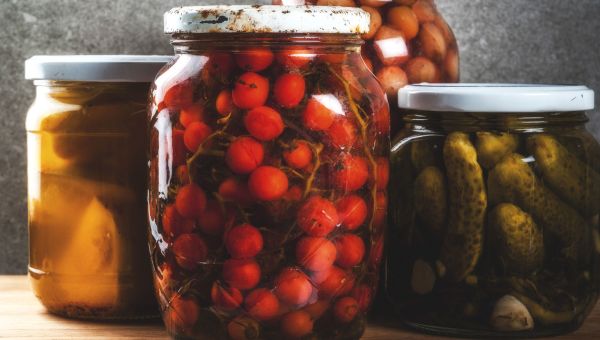
Botulism
According to the CDC, foodborne botulism is a rare but serious illness that can cause paralysis of the respiratory muscles, arms, legs and trunk. It is caused by a toxin made by the bacterium Clostridium botulinum. Homemade canned, preserved or fermented foods that have not been prepared properly can provide the conditions for the toxin to develop. Contamination from store-bought foods is less common, although in one 2017 case nine people were hospitalized and one died after eating contaminated nacho cheese sauce bought at a gas station in California.
Symptoms of botulism include slurred speech, blurred vision, droopy eyelids, dry mouth and difficulty swallowing. Those who contract botulism require immediate medical attention; it is fatal in approximately five percent of cases.
Onset: Typically 18 to 36 hours after infection, although symptoms may present as early as six hours and as late as 10 days after eating the contaminated food.
Duration: In severe cases breathing may be impaired and intensive medical care required for several months; others may experience fatigue and shortness of breath for years.
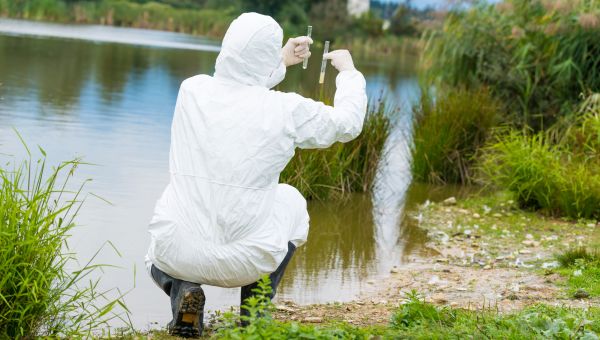
Giardia
Giardia is in a class of its own when it comes to food poisoning. Neither a bacterium nor a virus, Giardia is a microscopic parasite commonly contracted by drinking improperly treated, contaminated water. Eating raw produce that has been watered or washed with contaminated water during processing can also pass it. Cooking kills the parasite, so food transmission is less of a problem, unless food handlers with giardiasis—the disease caused by Giardia—don’t thoroughly wash their hands.
“For those going swimming, traveling to less developed countries for vacation or going hiking or camping, be conscious of the cleanliness of your water supply,” advises Szwak.
According to the CDC, some people don’t have any symptoms. But those who do may experience diarrhea, abdominal cramps, nausea and greasy stool that floats. Symptoms may also lead to weight loss. If you think you have giardiasis, contact your healthcare provider; there are prescription drugs that can treat it.
Onset: 1 to 3 weeks after infection
Duration: 2 to 6 weeks or longer
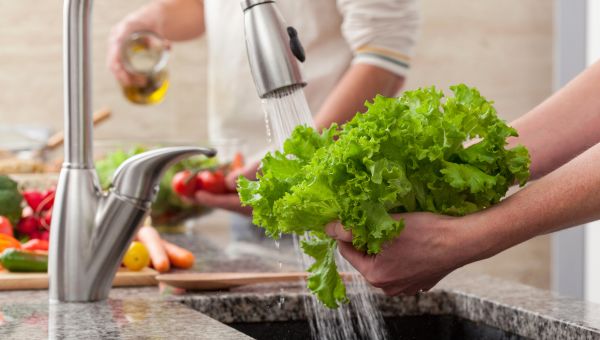
Food bug prevention
According to Szwak, there is no 100 percent effective way to prevent food poisoning, but you can reduce your chances of contracting it by cooking your food completely.
When it comes to foods that are often consumed raw, be sure to wash fruits and vegetables thoroughly before eating. Leafy vegetables should be washed more than once to make sure dirt and other particles that get caught in the leaves are removed.
Also avoid sharing plates, utensils and drinking glasses with others, especially those with symptoms of gastrointestinal distress. “The number one thing you can do is wash your hands with soap and warm water to prevent the spread of germs,” says Szwak.
This article was updated on July 19, 2018.
More On


video

article

slideshow


video


video
